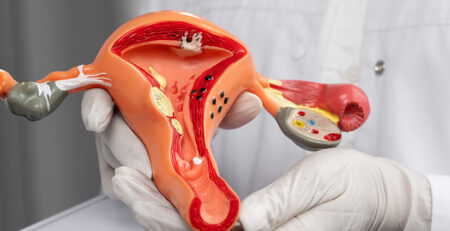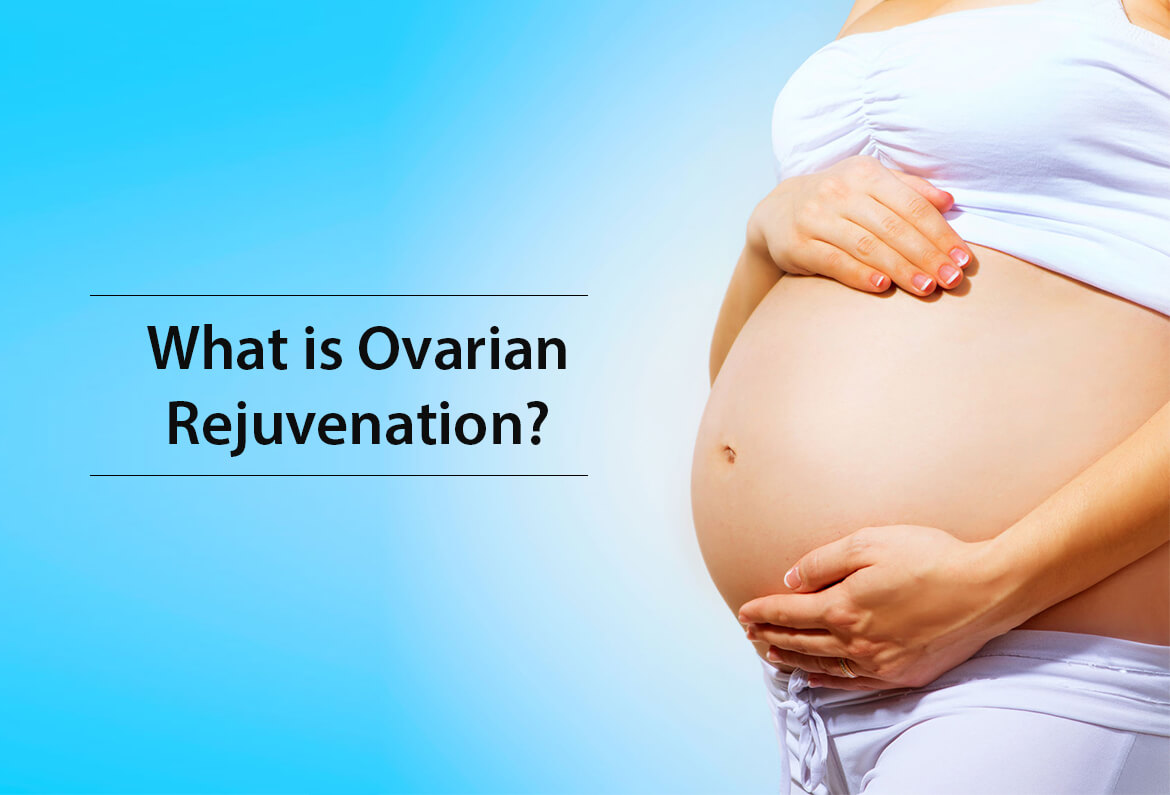Success Rate of Frozen Embryo Transfer
Frozen Embryo Transfer (FET) is an excellent option for individuals looking to postpone parenthood for various reasons. Alongside being a facilitating medical tool, it also comes as a ray of hope for women not ready to take on the pregnancy at a given point of time.
Now the question arises: how successful is FET? And are you the one asking the same questions?
Let’s try to answers all your questions in this blog.
What is Frozen Embryo Transfer?
In simple words, frozen embryo transfer is a way to get pregnant using embryos that have been frozen during an IVF cycle. Basically, the IVF cycle is performed first, where injections are given to make multiple eggs, eggs are retrieved via ovum pick-up (OPU) procedure and embryos are developed. Now, these formed embryos are frozen under ultra low temperature and can be used later for transferring them in a woman’s uterus.
The best part is you can freeze your embryos for years, so you can use them whenever you are ready. Also if you have a child through IVF and have frozen embryos. You can use these surplus frozen embryos years later to conceive your second child.
Frozen embryo transfer is also a good option for women who are taking cancer treatment or have other medical conditions. They can freeze the embryos and approach pregnancy in the later stages when the medical condition is treated completely.
Isn’t it an actual medical boon? Now that we know the WHAT part, let us move on to the HOW part!
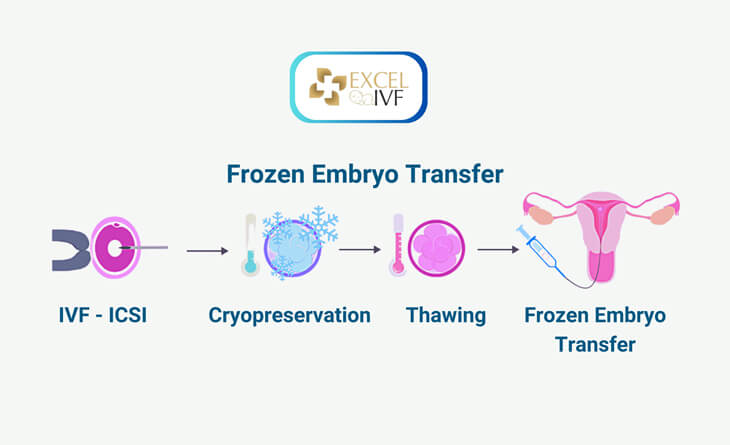
How is Embryo Freezing Done?
Embryos are frozen using a process called cryopreservation, which involves storage of embryos at ultra low temperature i.e around -196°C. To protect embryos from this ultra low temperature, chemicals are used known as cryoprotectants.
The most commonly used cryoprotectants for embryo freezing are:
Glycerol, Ethylene Glycol, Dimethyl Sulfoxide (DMSO), Propylene Glycol and Sucrose
The use of these chemicals, in combination with controlled-rate freezing or vitrification (a rapid freezing technique), helps to preserve embryos effectively for future use in IVF. The exact choice of cryoprotectant and method may vary depending on the protocol of your fertility clinic and the specific requirements of the embryo.
So, how does embryo freezing work?
Embryo freezing halts the growing embryo in a particular stage of development using these chemicals without harming its future potential to develop and result in pregnancy. These embryos are then stored in liquid nitrogen. When you plan to use the frozen embryos, your doctor will make the lining in sync with the developmental stage of the embryo by means of hormonal treatment. These embryos are then warmed and allowed to resume development before they are put back by embryo transfer in the uterine lining.
To get a complete understanding, it is important that we discuss the process of FET.
What is the Procedure for Frozen Embryo Transfer?
FET is quite a straightforward procedure. It usually takes 3 weeks to complete. First, you need to schedule your consultation with your fertility doctor and discuss every aspect, including your medical history and the frozen embryo transfer cost, and the protocol to be followed to prepare the uterine lining for embryo transfer.
The first step in the FET procedure is the preparation of the uterus lining that is in sync with the development of the frozen embryo. This increases the chances of successful implantation and pregnancy. There are different ways to prepare the uterine lining for FET:
- Natural Cycle: In this method, the body’s natural ovulation process prepares the uterus lining.
- Hormonal Medication: In this method, hormones like estrogen or progesterone are given to create a receptive lining.
- Egg Stimulation Method: The ovaries are stimulated with hormonal medication to produce eggs. The uterine lining that develops with the developing egg is used for Embryo transfer after syncing with the day of ovulation and counting it as the day of egg retrieval.
Once the uterine lining is prepared, the embryo is thawed and transferred to your uterus. One thing you need to know about the success of frozen embryo transfer is timing. It must be synchronized with your natural cycle or the hormone replacement therapy that you are receiving. Synchronization is done differently for different processes.
In a natural cycle, egg retrieval is presumed to have happened on the day of ovulation. So, if a day 3 embryo is frozen, it means it is counted 3 days after ovulation (day 0) to synchronize the transfer with the appropriate stage of development. This same principle applies to day 5 blastocysts, where your doctor waits 5 days after ovulation to ensure alignment.
On the other hand, in a hormone replacement cycle, a specific hormone called estrogen is administered for 10-12 days to promote the development of the uterine lining. Once the lining is ready, another hormone called progesterone is introduced. For a day 3 embryo, progesterone is given for 4 days, while for a day 5 embryo, it is administered for 6 days. These specific durations are crucial for embryo synchronization and successful implantation. Based on these timelines, the visits to a well-equipped IVF centre in Delhi for embryo transfer are planned effectively.
Now, your fertility specialist will thaw the embryos. A thin tube called an embryo transfer catheter is inserted through your vagina and cervix and into your uterus, and the embryos are placed very carefully.
After Embryo Transfer, You will need to take a pregnancy test about two weeks to see if you are pregnant.
Now, the next question in your mind could be when to do it and how long it will take.
Here is a detailed timeline of a frozen embryo transfer:
| Stage | Duration | Description |
| Initial Consultation and Preparation | 2 weeks | Meet with your fertility doctor to discuss your IVF-FET plan and review your medical history. Your doctor will prescribe medications to prepare your uterine lining for the embryo transfer. |
| Monitoring | 2 weeks | Undergo regular ultrasounds to monitor the thickness of your uterine lining. |
| Embryo Thawing | 1 day | Frozen embryos are carefully thawed and cultured in a specialised laboratory. This process takes about 15 minutes to thaw and one or two days for culture.. |
| Embryo Transfer | 1 day | Your doctor will insert a thin catheter into your uterus and place the embryo inside. |
| Recovery | 2 weeks | You may experience some mild cramping or bloating after the transfer. |
| Pregnancy Test | After 2 weeks | About two weeks after the transfer, your first pregnancy test will be conducted to see if you are pregnant. |
| Follow-Up Ultrasound | 2 weeks | If your pregnancy test is positive, you will have an ultrasound to confirm the pregnancy and check for fetal heartbeat. |
Note: It is just a general guideline. The actual timeframe may vary depending on your individual health conditions and other factors. Please keep that in mind before you meet your fertility specialist.
Coming back to the WHY part! But this section provides the scientific explanation and needs. Read on.
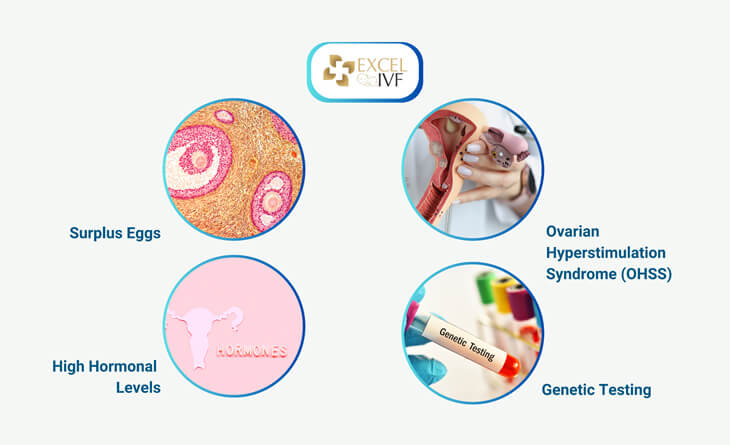
Why Are Embryos Frozen?
Here are the reasons to freeze embryos:
Surplus Eggs: If you are going through IVF treatment, you will probably end up with some extra eggs because IVF centers in Delhi typically fertilize multiple eggs to increase the chances of getting a viable embryo.
So, what do you do with all those extra eggs? You can freeze them to preserve your fertility and give yourself more options for the future
High Hormonal Levels: Sometimes, when you are going through IVF, your hormone levels can increase because of medications to stimulate your ovaries to produce eggs. Elevated hormone levels can make it difficult for an embryo to implant in your uterus. Freezing your embryos allows your body to recover from the hormonal stimulation. Once your hormonal levels have returned to normal, your doctor at your chosen IVF center in Delhi can transfer the embryos and increase your chances of pregnancy.
Ovarian Hyperstimulation Syndrome (OHSS): Ovarian hyperstimulation syndrome (OHSS) is a side effect of some fertility treatments, including IVF. It can cause your ovaries to swell and become painful. In severe cases, OHSS can be life-threatening. If you are at risk of OHSS, your doctor may recommend freezing your embryos instead of transferring them fresh.
With frozen embryo transfer, you can give your ovaries a chance to rest and recover before transferring them. This can help to reduce your risk of OHSS.
Genetic Testing: Genetic testing is a great way to ensure your baby is born healthy. It can identify genetic diseases that you or your partner may carry so that you can make informed decisions about your pregnancy.
The embryos after genetic tests are frozen awaiting the reports. This gives you time to get the test results and decide which embryos to transfer to your uterus.
The Advantages of Frozen Embryo Transfer
FETs are like having a backup plan for your fertility. They give you more control over your fertility path. Here are some of the advantages of frozen embryo transfer:
Less Stress on Your Body: The egg retrieval process is minimally invasive, so your body needs a little time to heal or recover from the procedure. Freezing the embryos gives your body a chance to rest and recharge. It also helps to reduce the risk of OHSS (ovarian hyperstimulation syndrome).
Improves Endometrial Receptivity: When you freeze your embryos, you give your uterus a break from the hormones and medications involved in IVF. This can help improve the lining of your uterus, making it more receptive to implantation.
It Gives Flexibility: With FETs, you don’t have to worry about transferring your embryos immediately after your IVF cycle. You can choose the time that works best for you and your partner, and your doctor at IVF centers in Delhi will ensure everything is in place for a successful transfer.
Less Medication Required: Fresh embryo transfers require a lot of hormones and medications to prepare your body for the transfer. But with FETs, you need not take all that extra medication; you just focus on prepping your uterus for implantation.
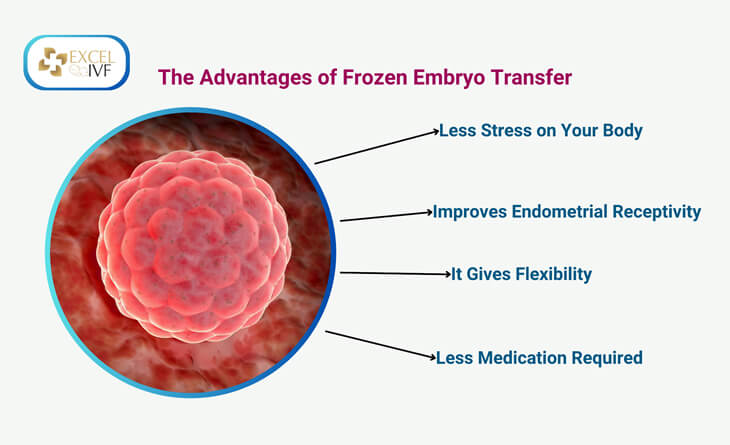
Now, finally, we arrive at the CAPTIONED QUESTION – What is the Success Rate of FET?
If you are asking, what are your chances of getting pregnant with FET? It depends on a few factors, such as your age, the quality of your embryos, and any other fertility issues you may have. These factors also influence the frozen embryo transfer cost. But overall, your chances are pretty good. In fact, FET may be more successful than fresh embryo transfers, leading to fewer miscarriages, healthier pregnancies, and more live births. And the babies born through FETs are just as healthy as babies born through any other method.
On average, frozen embryo transfer has a success rate of around 60% to 65%. That means if you try FET, you have a good chance of getting pregnant and having a healthy baby.
Let’s take a look at the age-wise success rate of freezing embryo transfer:
| Age | Singleton Live Births | Average Success Rate |
| < 35 | 50 % | 70 % |
| 35 – 37 | 45 % | 60 % |
| 38 – 40 | 30 % | 50 % |
With fresh embryo transfers, you only get one chance to get pregnant. But with FETs, you can use your embryos for multiple transfers, which increases your chances of success. Even with fewer eggs, FETs still have a good chance of working. So, you need not to worry about your egg count. FETs are a great option for women with both a high and low number of eggs.
And here is the best part: FETs require fewer medications and have a lower risk of OHSS compared to fresh embryo transfers. So, you can avoid the stress and discomfort of taking many medicines and reduce your risk of complications.
Take Away!
Frozen embryo transfer is a safe, effective, and convenient way to get pregnant. It offers several benefits over fresh embryo transfer, including high success rates, reduced stress, flexibility, and genetic testing. If you are considering IVF, FET is a great option.
And hey, embarking on a fertility journey is a deeply personal experience, and it’s important to remember that every path is different. If you’re considering the option of freezing embryos for future use, it’s crucial to have a knowledgeable guide by your side.
That’s where your friendly, experienced, understanding and compassionate IVF specialist Dr. Rhythm Gupta, comes in. As one of Delhi’s leading fertility specialists, Dr. Gupta offers tailored advice and expert care. Don’t leave your fertility journey to chance. Book a consultation with Dr. Rhythm Gupta today, and take the first step towards understanding and exploring your frozen embryo transfer options.




